Rapid technological advancements are boosting our technology capabilities, and scientific knowledge, bringing forth innovative medical devices for diagnosing, tracking, and managing patient conditions, including:
- Larger data storage capabilities
- Hardware miniaturization
- Advanced software functionality
- Emerging technologies
Modern medical devices have become smaller, portable, and widely available thanks to these technological advancements. Everyone from traditional healthcare organizations to new MedTech companies is leveraging these accelerations to provide novel medical device software solutions.
This blog will help you understand medical device software development, from the key considerations and compliance requirements to the development cycle — building more robust and compliant software.
What is Medical Device Software?
Medical device software executes tasks in medical devices and healthcare systems. The software performs various medical tasks, such as diagnosing, treating, monitoring, and providing suggestions for medical usage.
A typical example of medical device software is a heart rate monitoring app, which runs on a wearable health gadget to collect and examine the user’s heart rate data. The software then analyzes the data and displays it in a user-friendly format.
The widespread use of IoMT wearable devices, smart gadgets, and IoT-based systems drives the rising demand for medical device software development. The operational mechanisms of these software solutions may vary depending on the type of equipment and its specific functions.
Reasons Behind the Increasing Demand for Medical Device Software
Medical device software development is a growing part of the industry. The software has been adopted across various devices, including pacemakers, insulin pumps, surgical robots, and imaging systems. It helps improve the quality, safety, and efficiency of medical services by:
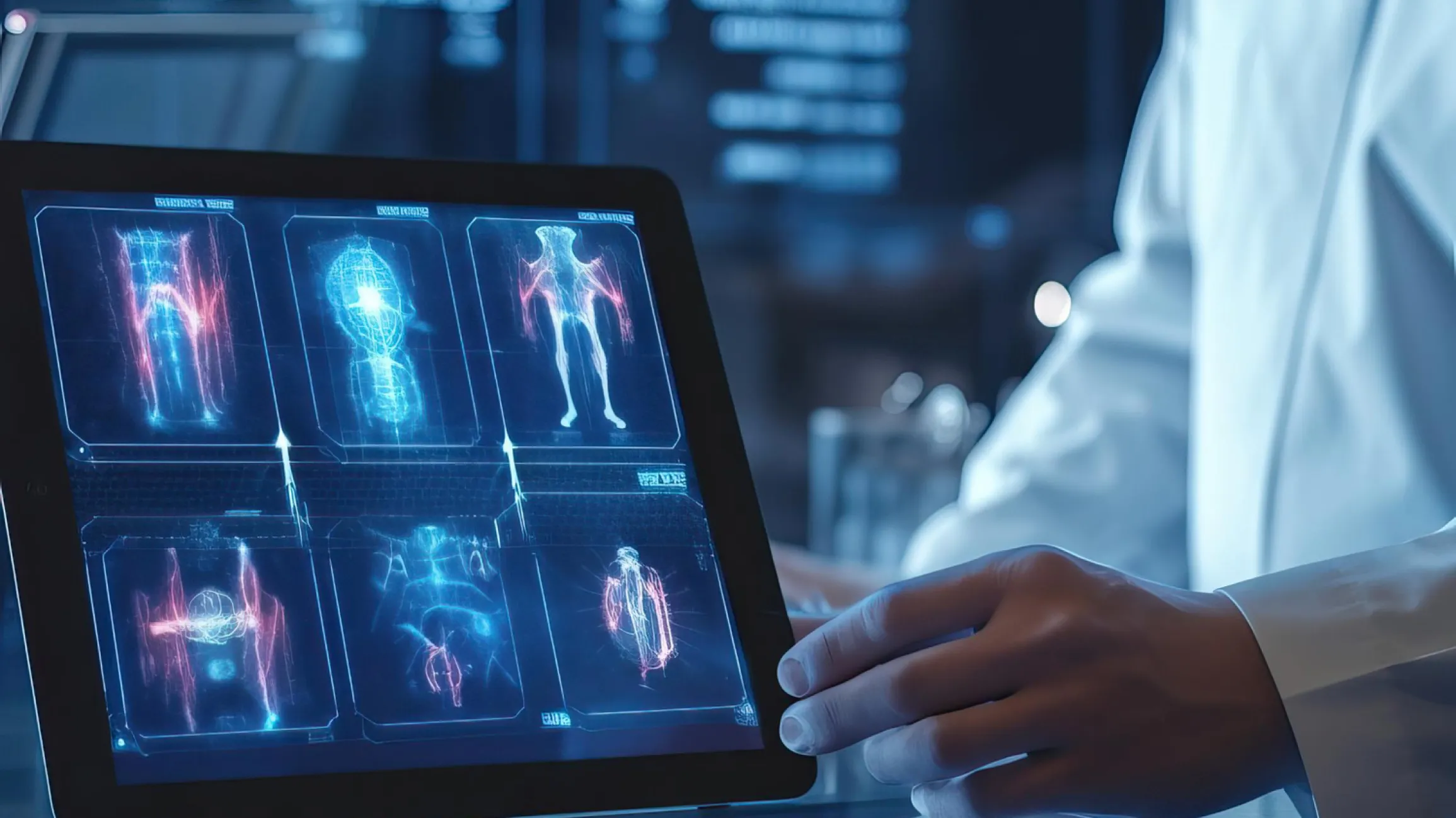
- Automating operations and minimizing human mistakes
- Providing real-time updates to medical professionals
- Enabling more tailored and patient-centric therapies
- Enhancing the accessibility and affordability of healthcare
AI-driven solutions are further fueling the need for medical device software. Developers are developing systems that can process extensive datasets to offer guidance on patient treatment and condition monitoring. According to a Deloitte survey, 73% of healthcare entities reported integrating AI technologies with medical device software as one of their primary focus areas.
With the increasing adoption of wearable technology, medical device software’s capability to integrate cutting-edge technologies such as cloud computing in healthcare and mobile-integrated has grown. AI has also intensified the competition, and buzz surrounding its development and deployment is the talk of the industry.
Types of Medical Device Software
With more medical device manufacturers relying on advanced technology to design and develop their products, newer types of medical device software have emerged. However, two basic kinds of medical device software exist: embedded medical systems and Software as a Medical Device (SaMD).
1. Embedded Medical System
An embedded medical system is designed to operate within medical devices and is directly built into their hardware. This enables medical equipment to perform its functions independently without integrating with external computers or servers.
Embedded medical systems usually have high reliability and compliance with stringent safety regulations as these software components are integrated into the hardware and are generally not standalone. Moreover, they are linked to a crucial functionality in the devices’ core operations.
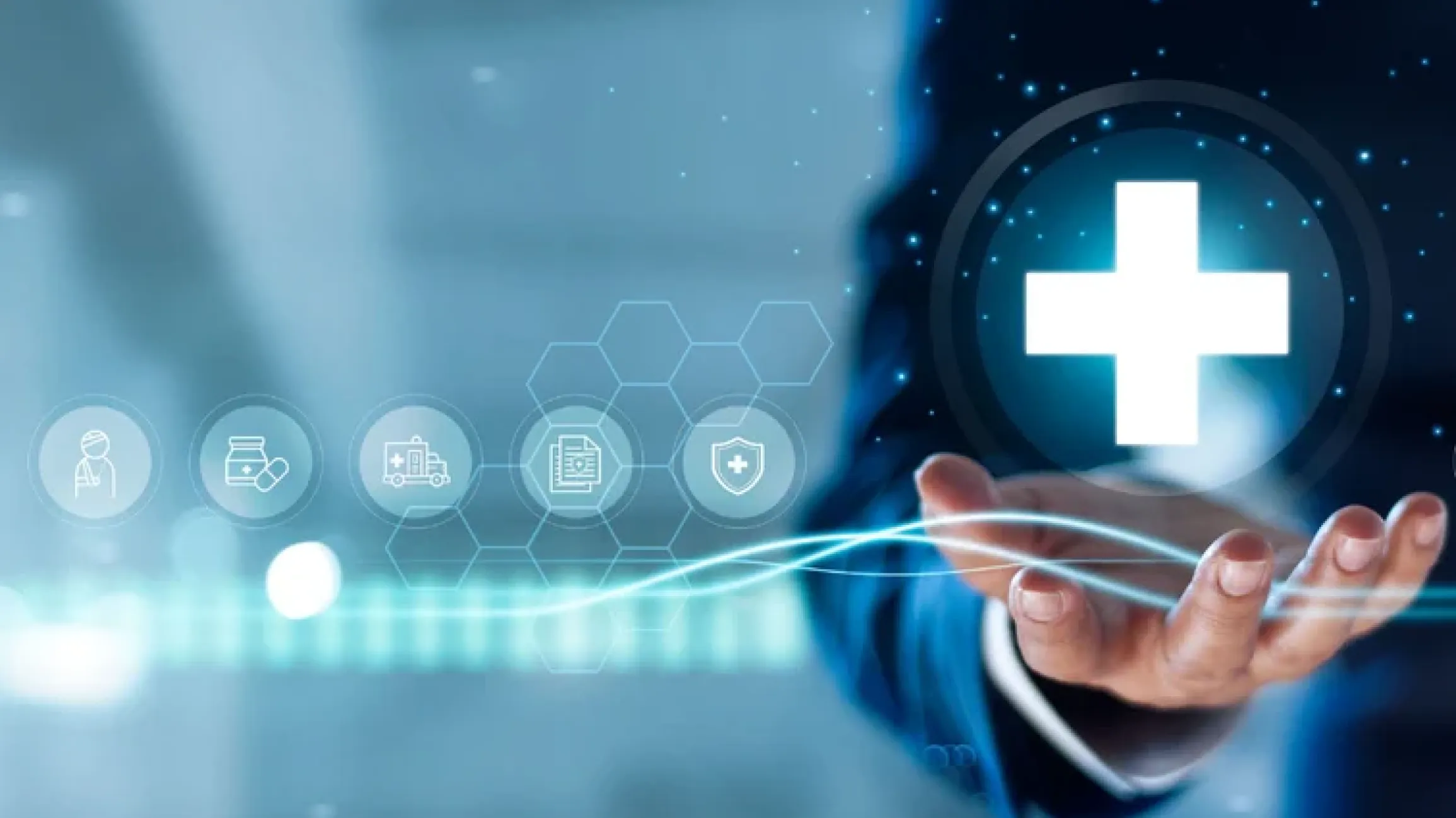
Medical devices with embedded systems configured by embedded code can be:
- Pulse oximeters
- Smart bio-sensors
- Glucometers
- Electronic blood pressure sensors
- Medical imaging devices like X-ray, MRI, CT
2. Software as a Medical Device (SaMD)
Software as a Medical Device (SaMD) differs from embedded medical systems because it works independently on various medical device hardware. It includes all programs that do not require specialized medical equipment.
SaMD can be a mobile app, cloud-based tool, or desktop application tailored for medical systems. Such programs can be integrated with dedicated medical devices and embedded medical systems.
Some examples of Software as a Medical Device (SaMD) include:
- Patient imaging or scan analysis
- Remote ECG-monitoring
- Medical data-viewing applications
Key Considerations When Developing Medical Device Software
From planning to development and deployment, several critical factors require strategic consideration when it comes to medical device software development:
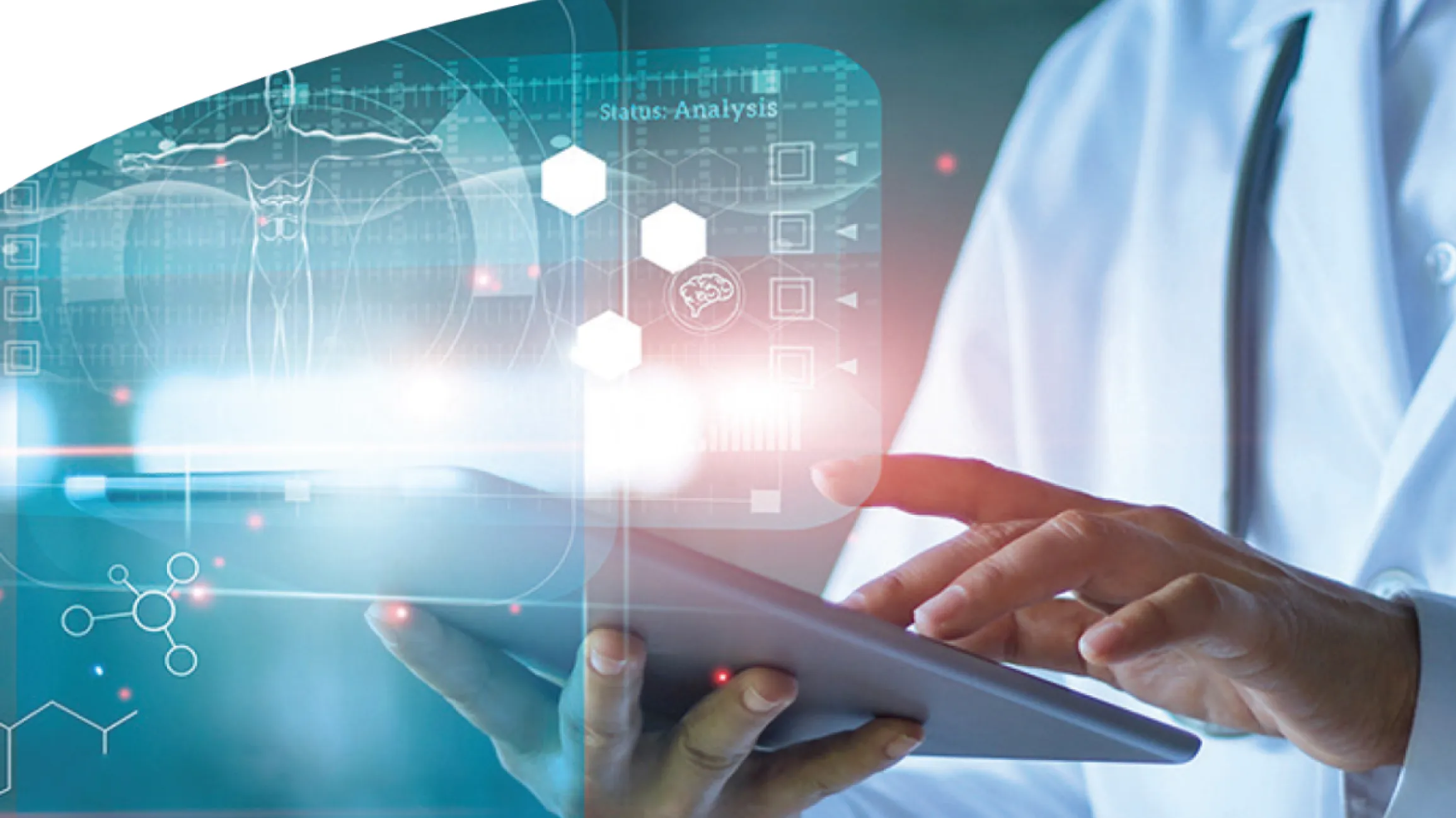
1. Adherence to Regulatory Compliance
Medical devices must adhere to stringent regulations that differ across regions. Particularly in the US, these regulations might include the FDA, HIPAA, HITECH, etc. Noncompliance with these regulations could lead to certification denial, penalties, and even crimes.
However, if you want to handle regulatory challenges in the medical device software development field, you need extensive experience in the healthcare software development life cycle, risk management, and software verification processes.
To tackle this challenge, contact a software vendor specializing in developing medical software that ensures healthcare software compliance. They will help map out all the regulations and consider them when developing software for medical devices.
2. Usability and User Experience
A software development project succeeds with a team that understands how to create lasting products, not just one-off custom solutions.
Developing medical device software that centers around the users is crucial to guarantee that the software is intuitive and can bring value to healthcare providers and patients. A carefully designed interface not only enhances productivity and reduces mistakes but also promotes user-software interaction.
The development team must think critically about creating medical device software that meets the market needs, not just write code to specs.
3. Interoperability with Medical Systems
Medical devices and systems can share data using various communication protocols and data formats, such as HL7, DICOM, and MDC. Devices can connect through Bluetooth, Wi-Fi, or custom protocols, each designed for specific needs.

Interactions among devices and systems must adhere to exacting standards to guarantee accurate and seamless data exchange. Integrating medical device software with other systems can be challenging due to data protocol incompatibility, mainly when the software originates from different vendors or platforms.
It is advisable to perform interoperability assessments between your medical software and external systems, ideally before the medical device software development process. If there is any inconsistency, find a technology partner to help you integrate HL7, DICOM, or IHE standards for interoperability and streamlined data sharing.
6 Key Stages for Successful Medical Device Software Development
The medical device software development process requires the following steps to ensure compliance, quality, and efficiency:
- Gather and analyze requirements
- Find a reliable technology vendor
- Planning and design
- Development and implementation
- Testing
- Deployment and maintenance
1. Gather and Analyze Requirements
Developing software for medical devices is a multi-stage journey, requiring a clear vision and roadmap. Before starting the medical device software development process, clearly defining your medical device idea is crucial. This might involve extensive medical device software market research and user requirements.
Other critical factors to consider before development include risk analysis, medical usability tests, and medical regulatory aspects.
2. Find a Reliable Technology Vendor
Developing standards-compliant software alone is nearly impossible because of the increasing national and global regulations concerning data protection and security and various regulatory standards for quality assurance, usability, and risk management.
Collaborating with the right development partner will help you overcome those roadblocks and beat your competitors to market. Companies specializing in software development can guide you through the end-to-end process. From ideation to implementation, the right partner is essential to success.
Learn more: 5 Major Mistakes To Avoid in Healthcare Software Development Outsourcing
3. Planning and Design
When you reach this stage, you want to partner with your selected software development vendor for project planning. The software provider should thoroughly analyze all aspects of the medical software, covering user requirements, functional and non-functional needs, third-party integrations, and the development roadmap.

Design is also a crucial step in this stage. The UI/UX designer team will work closely with the product owner to develop a user interface focusing on user-friendliness and easy navigation for healthcare professionals.
Moving forward with a careful planning stage enables the team to set a realistic development timeline, estimate project costs using a software development cost calculator, and consider critical technical specifications for medical device software development.
4. Development and Implementation
Medical device software development starts once the required groundwork is completed. At this vital stage, remember to prioritize quality, accuracy, and adherence to regulations. In addition, the software should seamlessly integrate with your healthcare setting to enable data exchange among various systems.
5. Testing
After the development of medical device software, rigorous testing is necessary to ensure its accuracy and effectiveness before it reaches the hands of users. The testing will primarily aim to verify the medical device software’s adherence to federal regulations and standards while adhering to the user requirement specifications listed during the development stage.
Be sure to seek out testers who understand the end users. Rather than merely adhering to established test scripts, great testers put themselves in their end-users shoes. They suggest improvements that better fit each user’s needs and provide helpful feedback so users get the most out of the product.
6. Deployment and Maintenance
Once all coding errors have been rectified during testing, the final code is implemented into the software and then deployed or delivered to customers. Post-implementation, continuous support, and ongoing maintenance are required to guarantee the software works as intended and performs at its peak within the market.
How to Choose the Right Software Development Partner?
A reliable software development partner is critical to the success of medical device software development. Here are several key factors to remember when searching for a healthcare technology partner to ensure you make the right decision.
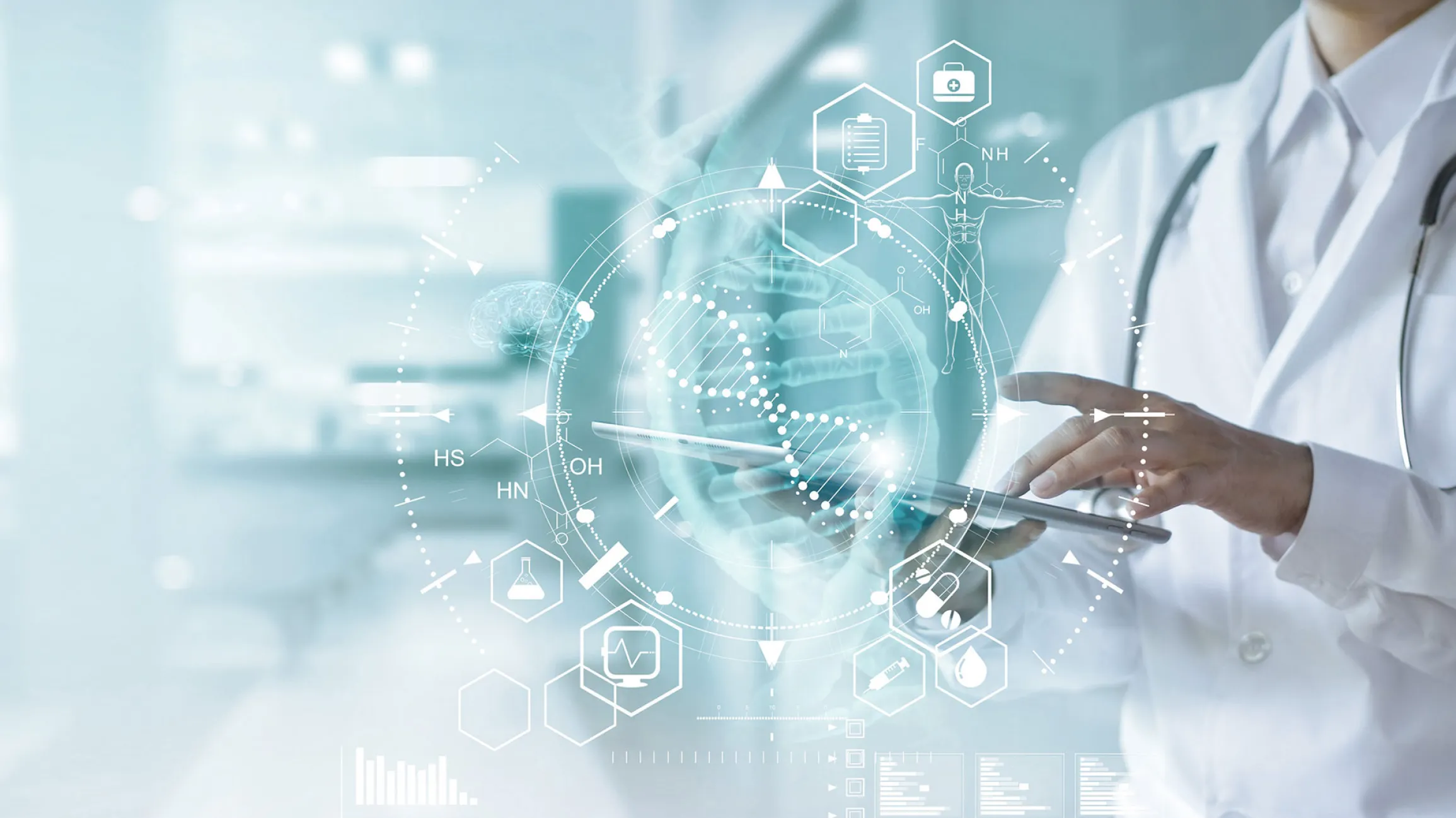
- Experience and expertise
- Product mindset
- Long-term commitment
- High employee retention
1. Experience and Expertise
Ensure the company has a proven track record of developing medical device software and the necessary technical expertise. The technology provider should demonstrate a deep understanding of regulatory organizations like the FDA and EMA and adhere to strict healthcare regulations such as HIPAA, HITRUST, etc.
Also, the company’s portfolio and client feedback should be reviewed to evaluate the quality and success of their previous healthcare projects. This assessment will help determine if their expertise can meet your specific needs.
2. Product Mindset
A software development project succeeds with a team that understands how to create lasting products–not just one-off custom solutions. Good product teams must appreciate the importance of release discipline, selecting suitable tools and technologies, automation, and continual optimization.
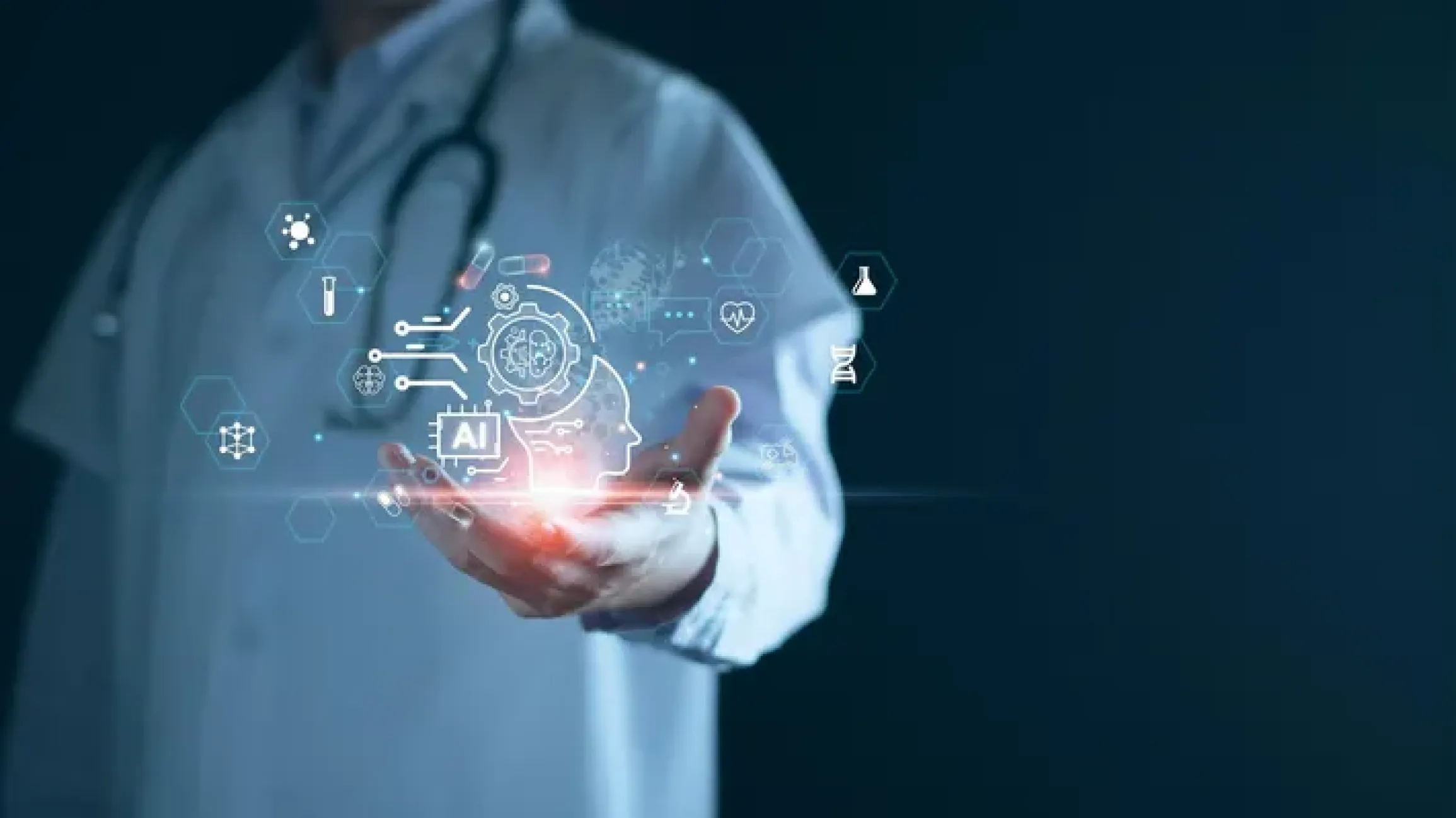
Their key players (business analysts, user experience designers, etc.) must have the technological savvy and creative vision to understand customers and solve their problems.
3. Long-Term Commitment
Look for a software vendor with a track record of long-term commitment.
Long-term engagement means more than just having a contract. Ideally, the same team responsible for creating the product will be present throughout its multiple-year development cycles and available for any maintenance or enhancements needed. This type of dedication will not only facilitate the initial launch of your product but also ensure that it maintains its high quality and grows with time.
Ensure that your outsourced product development provider can develop, manage, and improve your product’s lifecycle properly and has a proven track record of seeing through previous long-term projects.
4. High Employee Retention
Try to have the same engineers and managers deliver your software from start to finish. Retaining veteran employees is the key to achieving positive results and ensuring projects are completed as intended.
Moreover, high employee retention reflects happy, satisfied, productive teammates. Low turnover promotes productivity and creativity, which are critical for advancement and growth.
Kick-Off Your Medical Device Software Project with KMS Healthcare
Providing care today means making every investment worthwhile and every usable moment count. With 15+ years of experience in the field, KMS Healthcare is the ideal partner for your custom medical device software development needs.

Our successful case studies involve guiding healthcare organizations in developing turnkey solutions using our vast expertise in technology areas like artificial intelligence, wearable technology, and regulatory compliance. We offer:
- Full-cycle development of healthcare-related software solutions
- Strong user focus, agility, MVP development, and automation or critical technologies integration.
- Long-term medical software project support, augmentation, testing, and maintenance.
Whether you require end-to-end medical device software development, existing software modernization, or technology consulting, our team of experts is here to address all your needs. Schedule a free consultation with us now!

Reference
(n.d.). Software as a medical device: An agile model for FDA-regulated software in health care. Deloitte. https://www2.deloitte.com/us/en/pages/public-sector/articles/software-as-a-medical-device-fda.html
(n.d.). Medical device software (MDSW) under EU MDR and IVDR. Decomplix. https://decomplix.com/medical-software-mdr/
(n.d.). Medical Device Software. Science Direct. https://www.sciencedirect.com/topics/computer-science/medical-device-software